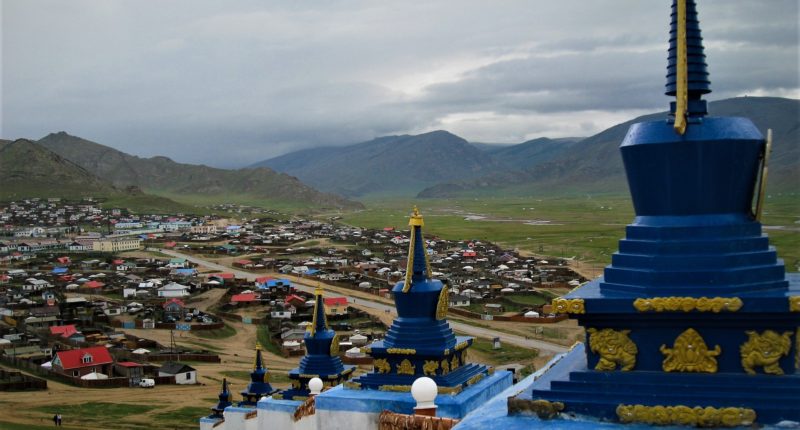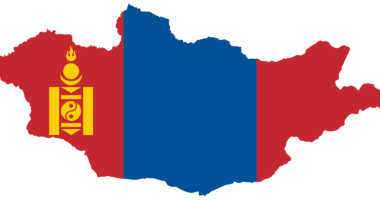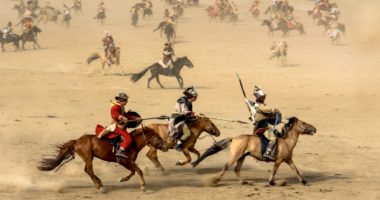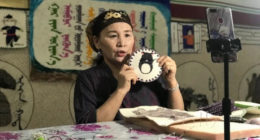Mongolia has launched the main findings of its eleventh population and housing census which was conducted in June 2020.
- Total population: 3,296,866
- Number of household: 897,427
- Average marriage age: 27,7
Percentage of population aged
- 0-14: 31.5%
- 15-64: 64.4%
- 65 and above: 4.1%
The Khalkhs make up 86% of the ethnic Mongol population. The remaining 14% include Oirats, Buryats and others. Significant ethnic Turkic speaker Kazakhs constitute 3.9% of Mongolia’s population. Other ethnic groups are closely associated to the Khalkh group. Approximately about 46% of the population abide in the capital city Ulaanbaatar, the rest of the population lives in minor towns and villages and some are semi-nomadic or nomadic people.
The first and official language of Mongolia is Khalk Mongolian (written in Russian Cyrillic alphabet), which is used by the vast majority of Mongolians. Yet, there are other minor groups who have different languages and dialects primarily in the Bayan-Ulgii province where the majority Kazakhs live and Tuvans form a small group. Even tough, the first foreign language taught was Russian, throughout the period of socialism, nowadays English is taught everywhere and is one of the competences to work in international companies. Other favored languages are Chinese, Korean, Japanese and German.
Beginning from sixteenth century Buddhism replaced the Mongolian oldest religious tradition Shamanism.
It is notable that Mongolians hardly use their family names and identifies themselves with a given name and surname. In Mongolia surname is written before the given name and is often showed only as initial, so Ganbold’s daughter Zaya would be called as Ganboldiin Zaya or G. Zaya. Nowadays, majority of Mongolians working in international environment started to put their given name first on business cards written in English as Zaya Ganbold. Rules are same for men and women and women do not change their names when they get married.
Beginning from sixteenth century Buddhism replaced the Mongolian oldest religious tradition Shamanism. Great number of temples and monasteries were ruined as religion was suppressed under the communism. Most of the population today is classified as Buddhist, and limited number of Shamanists, Christians and Muslims.









